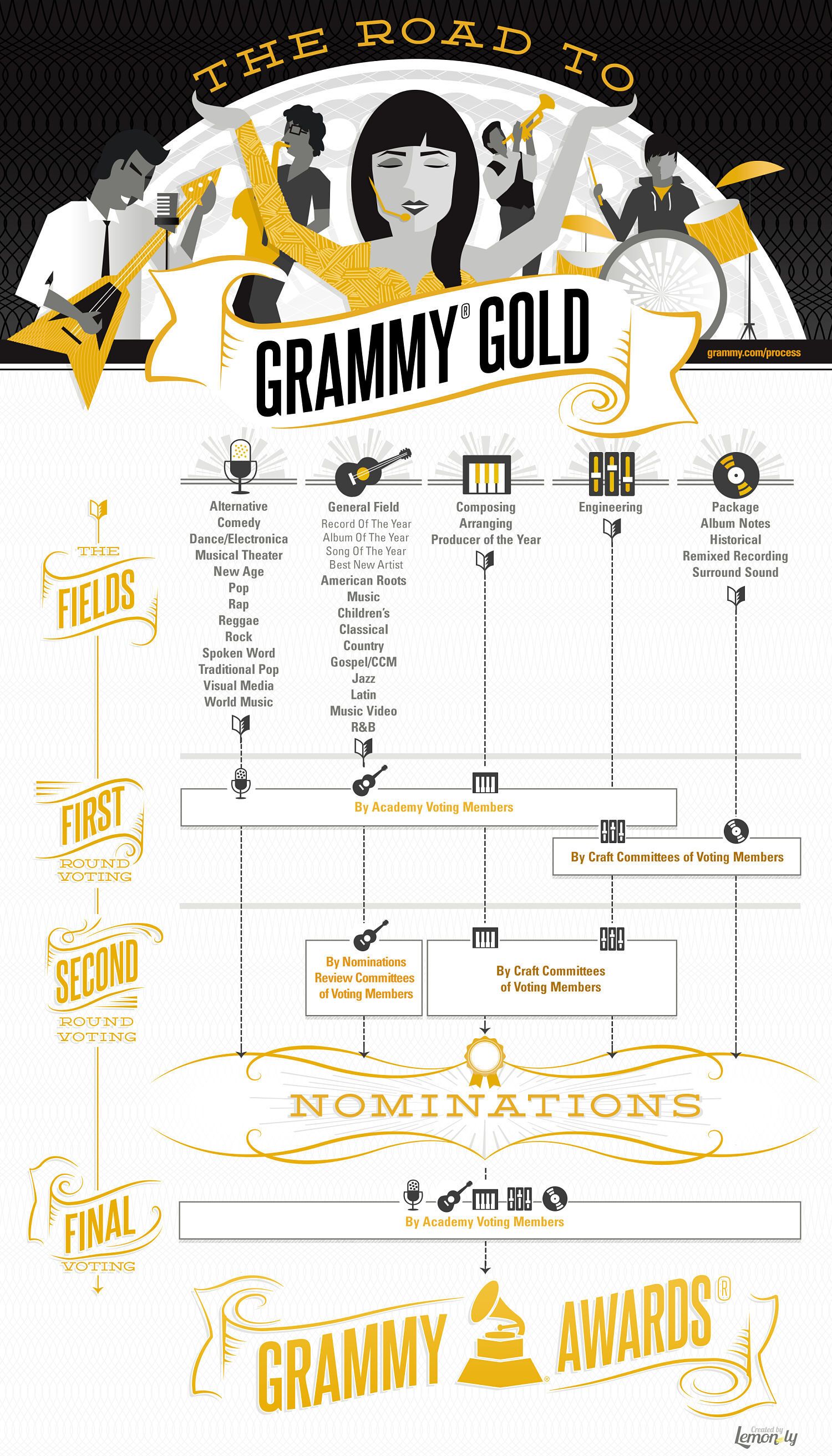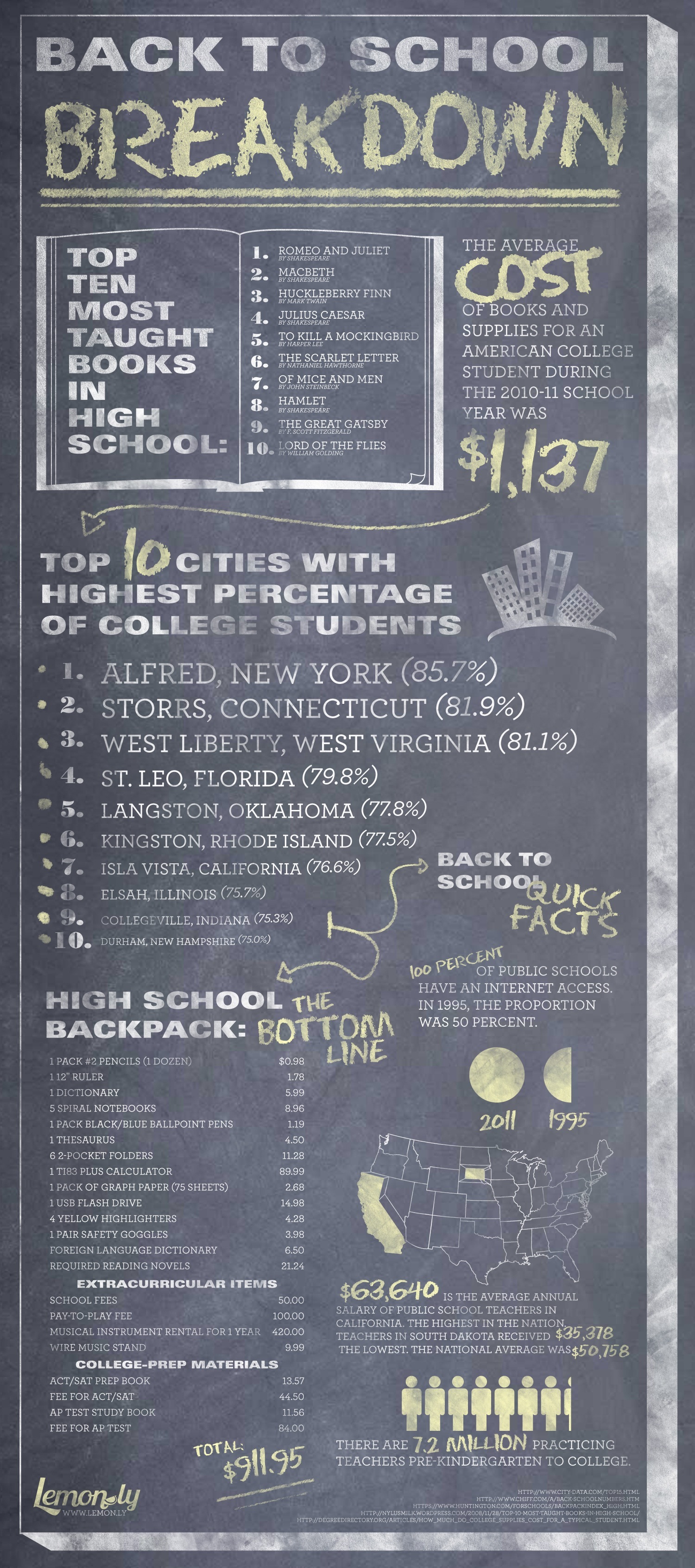A Beginner's Guide to Formula 1
Strap in, folks (preferably using a six-point safety harness). We’re diving into everything you need to know about life in the really-freaking-fast lane.
What is Formula 1?
Formula 1 — or F1 — is the premier international auto racing competition. With lightning-fast vehicles and elite drivers, F1 represents the razor’s edge of auto innovation and the pinnacle of motor racing.
Fast facts: Why is it called Formula 1?
Formula 1 got its name from the set of specific guidelines (a “formula,” if you will) that dictates how the cars are constructed. These regulations change every few years, keeping things interesting for the aerodynamicists and engineers. The “1” in F1 signifies the highest racing level.
The cars
F1 cars are some of the most advanced in the world thanks to their precision manufacturing, intricate aerodynamics, and turbocharged engines. The cutting-edge design and advanced materials help F1 cars reach stupendous speeds and withstand high stress on the circuit.
F1 cars have some signature details that make them aerodynamically astounding:
- Front wing: Provides downforce and directs air to other parts of the car.
- Rear wing: Generates downforce to the rear of the car.
- Sidepods: Store the radiators and cooling units and shape the airflow around the car.
- Diffuser: Creates downforce on the back end by manipulating air moving under the car.
Fast facts: Top speed of a Formula 1 car
220+ mph
The drivers
The mighty and the few: Only 20 men drive in F1. These athletes train their endurance, strength, and reflexes to get to the top of motor racing.
(Some of) The greatest of all time
- Lewis Hamilton
- Wins: 103
- Championships: 7
- Years active: 2007–present
- Dominated the 2010s with Mercedes, then made a surprise move to Ferrari for the 2025 season
- Michael Schumacher
- Wins: 91
- Championships: 7
- Years active: 1991–2006, 2010–2012
- Revolutionized F1 with his strict training regimen and unique team dynamics
- Max Verstappen
- Wins: 54
- Championships: 3
- Years active: 2014–present
- Raced in F1 for the first time at just 17 years old
- Sebastian Vettel
- Wins: 53
- Championships: 4
- Years active: 2007–2022
- Won four consecutive championships with Red Bull, but none with his childhood heroes, Ferrari
- Alain Prost
- Wins: 51
- Championships: 4
- Years active: 1980–1991, 1993
- Nicknamed “The Professor” for his academic approach to racing
The teams
Ten teams of two drivers each compete for championship titles throughout the F1 season, earning points based on their finishing positions. Teams vie for the Constructors’ Championship while drivers set their sights on the Drivers’ Championship.
- Alpine
- Aston Martin
- Ferrari
- Haas
- Kick Sauber
- McLaren
- Mercedes
- RB
- Red Bull
- Williams
Three teams have dominated the sport in the 21st century
Constructors' Championship wins since 2000
- Mercedes: 2009, 2014, 2015, 2016, 2017, 2018, 2019, 2020, 2021
- Ferrari: 2000, 2001, 2002, 2003, 2004, 2007, 2008
- Red Bull: 2010, 2011, 2012, 2013, 2022, 2023
Fast facts: Pit stops
Races can be won or lost in a pit stop, and the pit crew moves almost as fast as the cars. The quickest pit stop ever clocked in at just 1.80 seconds, a fiercely fast feat achieved by the McLaren team in 2023.
The races
F1 races are weekend-long events that draw tens or hundreds of thousands of spectators in cities all over the world, making F1 a truly international sport.
The season
The F1 season consists of a series of 20+ races, each called a Grand Prix, held on various tracks worldwide.
- Bahrain
- Saudi Arabia
- Australia
- Japan
- China
- USA
- Italy
- Monaco
- Canada
- Spain
- Austria
- UK
- Hungary
- Belgium
- Netherlands
- Azerbaijan
- Singapore
- Mexico
- Brazil
- Qatar
- UAE
Race weekend
- Friday: Practice Sessions
- Free Practice 1 (FP1): Teams have 90 minutes to collect initial data from running the circuit.
- Free Practice 2 (FP2): Teams refine their setup and strategy.
- Saturday: Final Practice & Qualifying
- Free Practice 3 (FP3): Last chance for teams to fine-tune their cars.
- Qualifying rounds (Q1, Q2, Q3): Fastest drivers advance to the next round, with the bottom five drivers eliminated in the first two rounds.
- Sunday: Race Day
- Time for the main event! Get excited. Get loud. Get earplugs.
- Every race is roughly equidistant (about 190 miles — except the Monaco Grand Prix, which is about 160 miles), but the total race time and number of laps vary depending on the circuit. Races typically last between 1.5 and 2 hours.
The finish line
Anyone with an interest in innovation and a need for speed can discover something to love about F1 racing.
Like what you see? Sign up for more sweet visuals delivered straight to your inbox.
Subscribe to the Lemonly Lowdown
Sources:
- Autosport.com
- Formula1.com
- Motorsport.com
- RTR Sports Marketing



